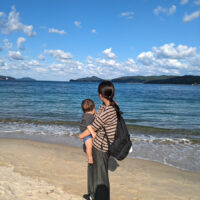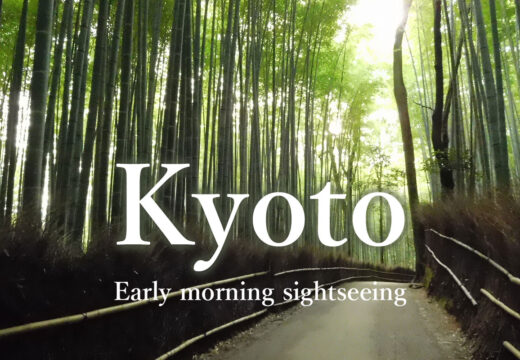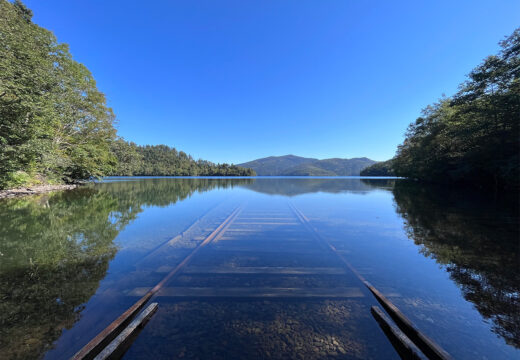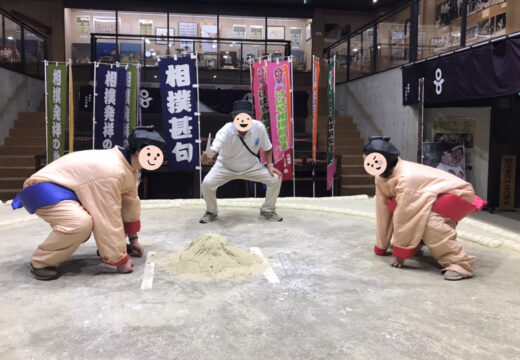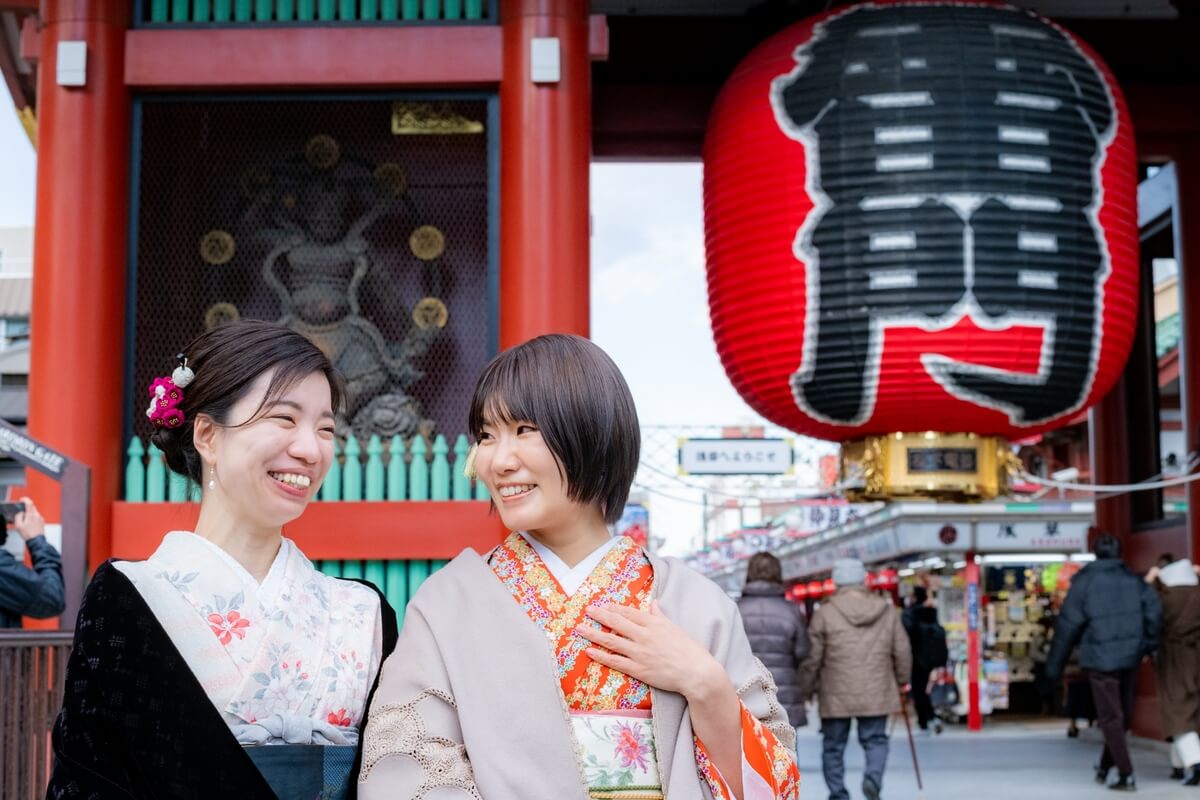
Asakusa is one of the popular sightseeing spots in Tokyo. The area retains a retro townscape and attracts many foreign tourists to experience traditional culture. Here we introduce the history of Asakusa, which offers a taste of Japaneseness, as well as information on sightseeing recommendations.
What is Asakusa?
Asakusa is located in Taito Ward, northeast of central Tokyo. In the Edo period (1603-1867), Asakusa flourished as Japan’s largest downtown area, and even today it is a popular tourist destination visited by more than 50 million people annually. The symbol of Asakusa is the Kaminarimon (Thunder Gate). You have probably seen its conspicuously large red lanterns in photos or other media at least once.

The lively Asakusa area offers a wide variety of activities, such as eating Japanese sweets like ningyoyaki and kibidango, glass crafts, and making food samples. To the east flows the Sumida River, which connects to Tokyo Bay, where you can enjoy cruising and fireworks displays in summer.
History and Culture of Asakusa
Let us introduce you to the history of Asakusa, where you can enjoy the scenery and culture of old Japan.
Beginning of Sensoji Temple
The town of Asakusa originated about 1,400 years ago. It is said that brothers fishing along the Sumida River pulled up a statue of the Kannon (Goddess of Mercy) and built Senso-ji Temple to worship it. Later, the temple became an important religious site, but it was not until the Edo period (1603-1867) that Asakusa began to flourish.
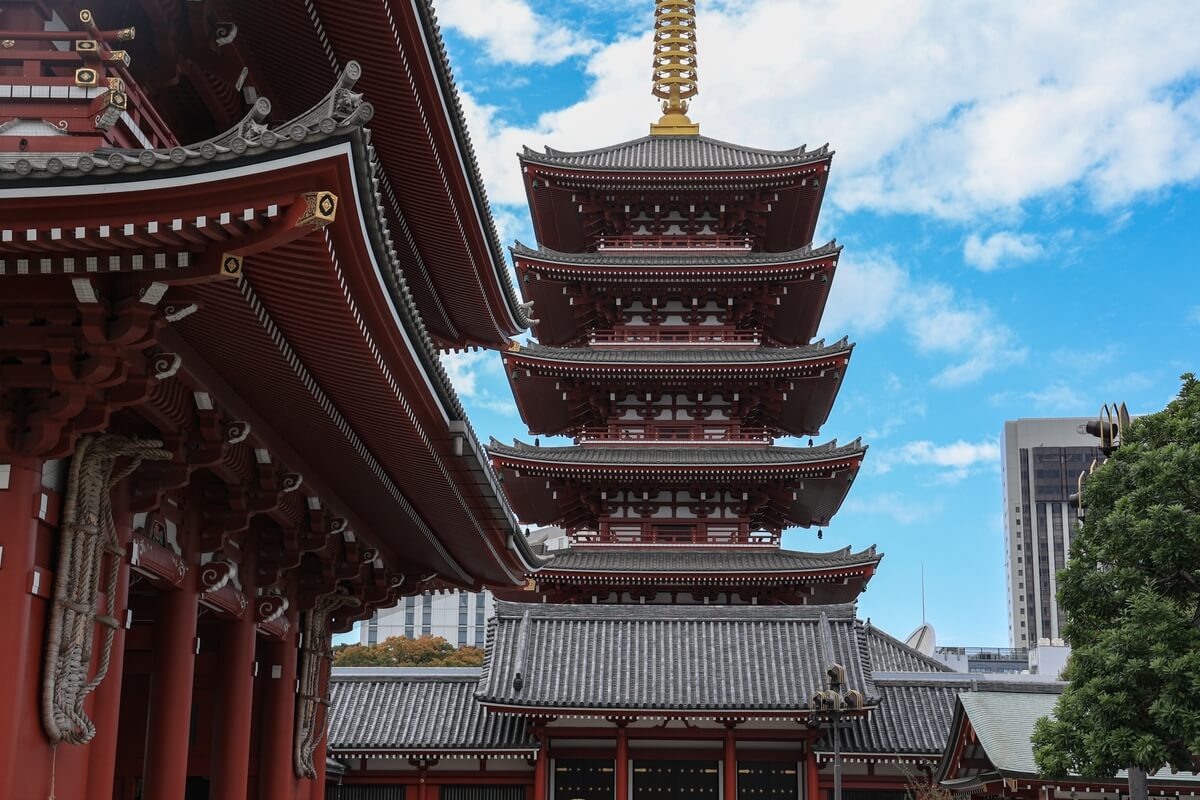
Tokugawa Ieyasu, who established the Edo shogunate, designated Senso-ji as a place of prayer for the safety of the shogunate and the peace of all people. In addition, Asakusa, which originally faced the sea, was used as a port for transporting goods and became an area where many people gathered.
Various Edo cultures flourish
Asakusa, which became the most prosperous district in Edo, gathered the most advanced popular culture. In 1841, one of the three major reforms of the Edo period, the “Tempo Reforms,” took place, and playhouses were relocated to Asakusa. This led to Asakusa becoming famous as a theater town where people could enjoy Kabuki and Ningyo Joruri (puppet theater).
From the Meiji period (1868-1912) onward, various theaters and entertainment halls were built, as well as Japan’s first movie theaters, and the area rose to become Japan’s number one entertainment district, known as the “Asakusa Rokku” (the six districts of Asakusa). Asakusa was the center of popular entertainment, and even today, visitors can enjoy yose (Japanese-style theater) and comedy performances.
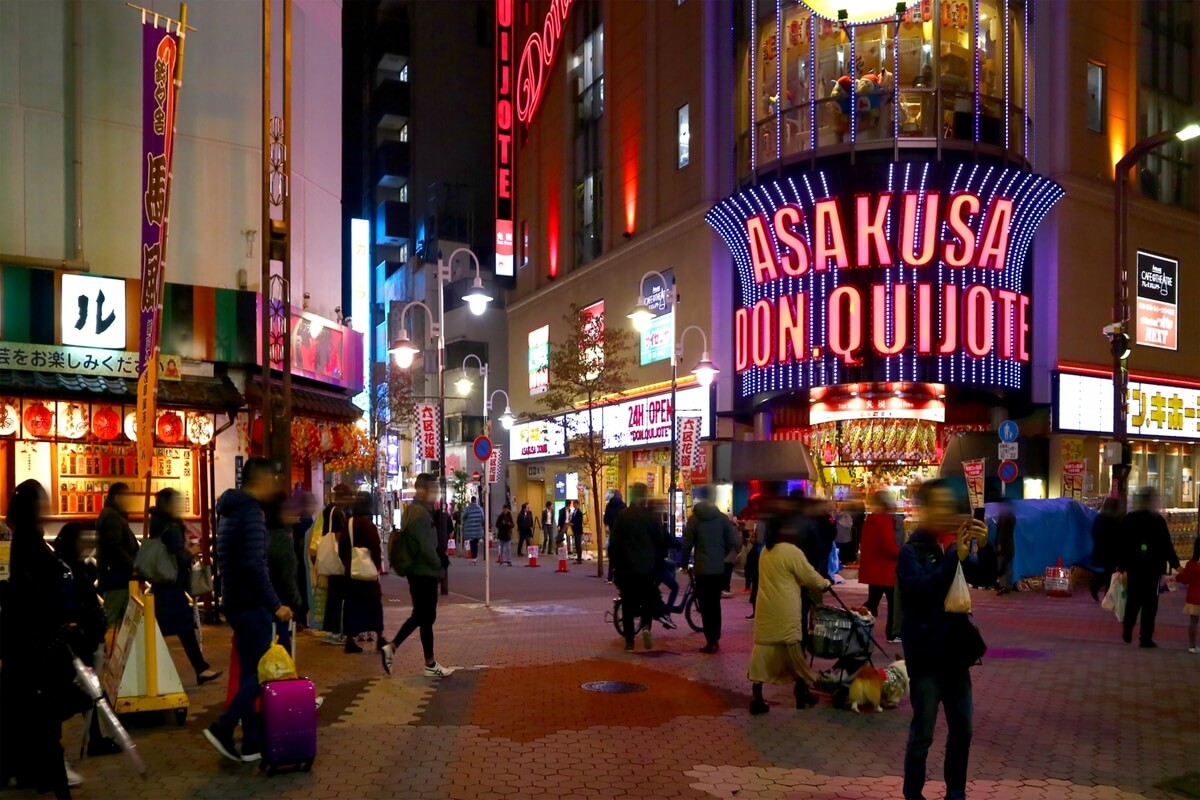
Asakusa is also an area that attracts artisans due to the large amount of goods gathered here, and many traditional crafts such as Edo Kiriko(cut glassware), Edo Shikki(lacquerware), Edo Tegaki Chochin(paper lanterns), and Edo Mokuhanga(woodblock prints) have been nurtured here.
It is no wonder that Asakusa, where one can feel the vestiges of Edo culture, is so popular among foreign tourists.
Plenty of events such as cherry blossom viewing and festivals
Asakusa hosts many traditional events such as the Sumida Park Cherry Blossom Festival, Sanja Festival, and Sumida River Fireworks Festival.
The Sanja Matsuri (Sanja Festival), held throughout three days in mid-May each year, is Asakusa’s representative festival, attracting approximately 2 million people.
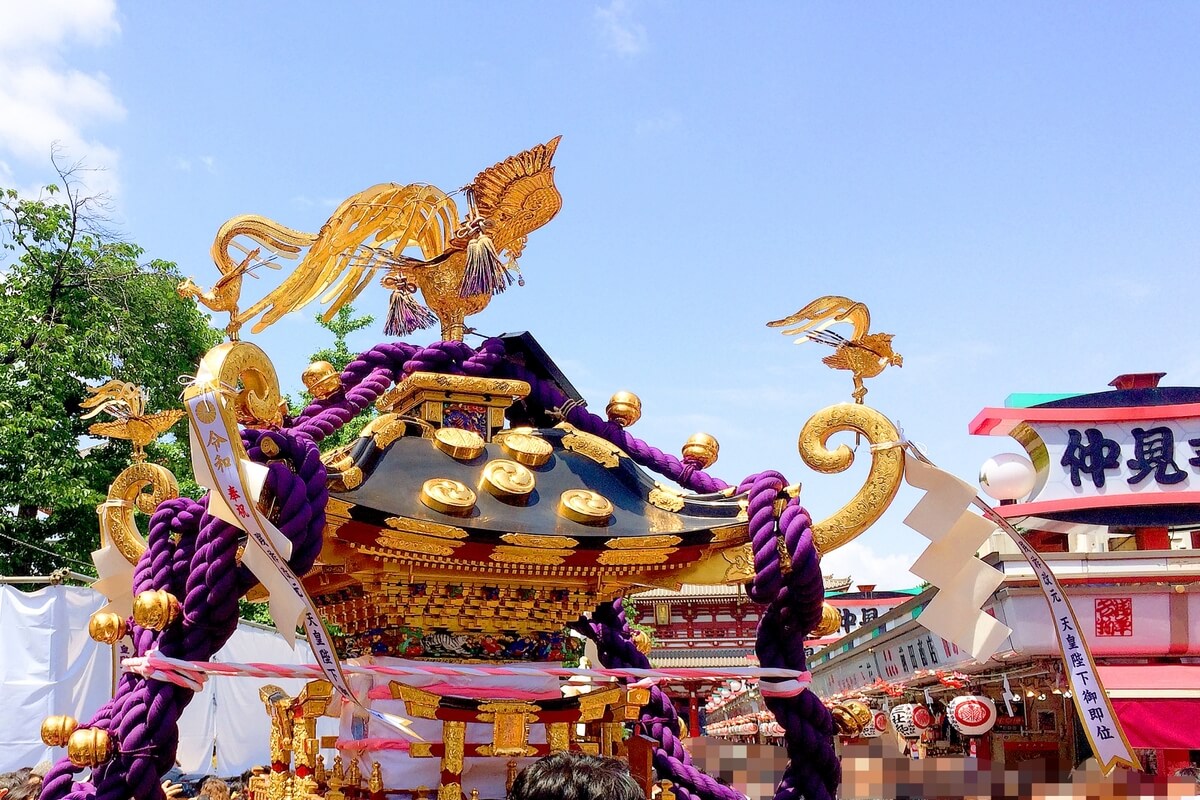
The festival is held at Asakusa Shrine adjacent to Sensoji Temple, and about 100 Mikoshi (portable shrine)* are brought out from the surrounding towns. The sight of the mikoshi being carried wildly is very powerful! You can feel the enthusiasm of the people of Asakusa.
*The mikoshi is used in Japanese festivals. A vehicle used to temporarily carry a god in a shrine out of the shrine in order for the god to hear your wishes.
Recommended sightseeing Spots Around Asakusa
Sensoji Temple
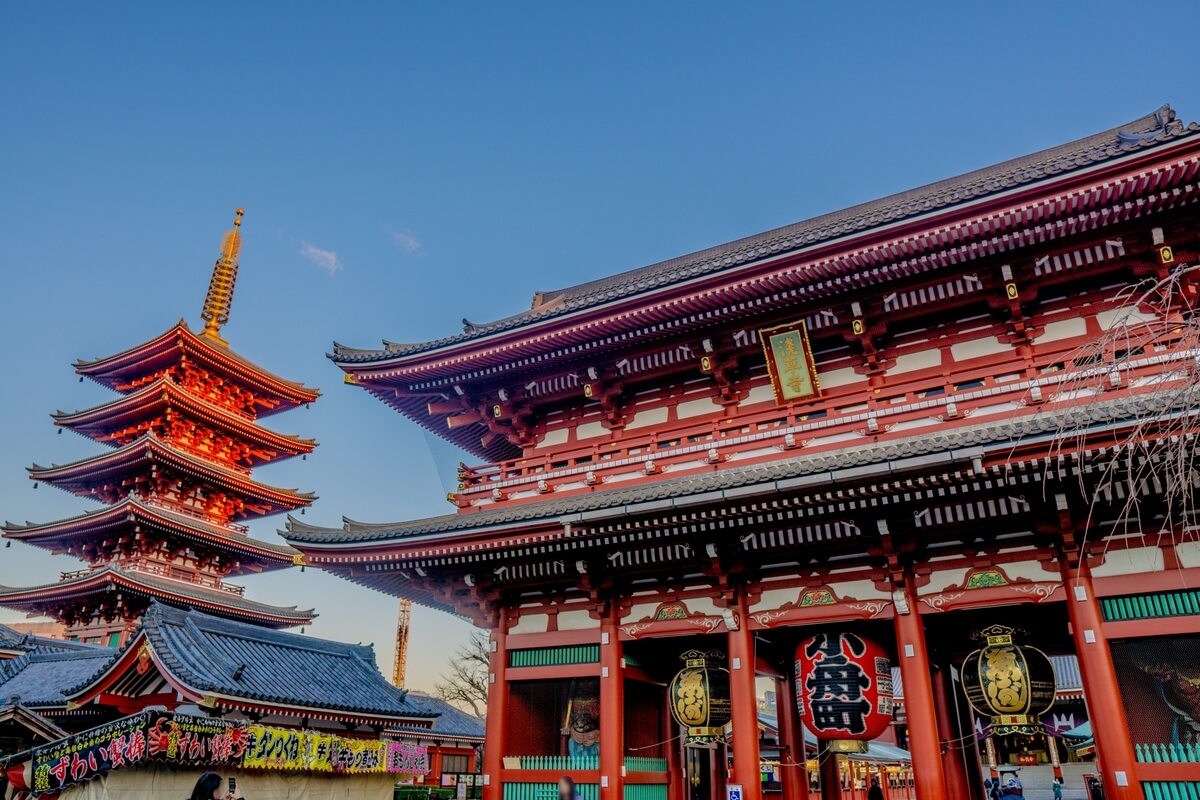
As introduced in the history of Asakusa, this temple is representative not only of Asakusa but also of Japan, and is the oldest temple in Tokyo, built in 628 and officially called Kinryuzan Sensoji Temple. It is also called “Asakusa Kannon” (meaning “Goddess of Mercy” in Japanese) because the main deity is the Bodhisattva of the Holy Avalokitesvara Bodhisattva.
The Kaminarimon, the entrance to the temple, is hung with a large lantern 3.3 meters wide and 3.9 meters high, making it a popular photo spot. Along the approach to the main hall, “Nakamise Street” is lined with many stalls selling Asakusa’s specialties, such as “Kaminari Okoshi (Thunder Stirrups)” and “Ningyo-yaki (Doll-shaped pancakes),” as well as Japanese accessories and folk crafts. It is a great place to enjoy shopping along with visiting the shrine.
Asakusa Hanayashiki

Japan’s oldest amusement park, located on the west side of Sensoji Temple. It was originally established in 1853 as a flower garden mainly featuring peony and chrysanthemum work. Today, it is a popular spot to enjoy a retro atmosphere with 17 attractions, including Japan’s oldest roller coaster, and fair days.
Kappabashi Dogugai (Kappabashi Tools Street)
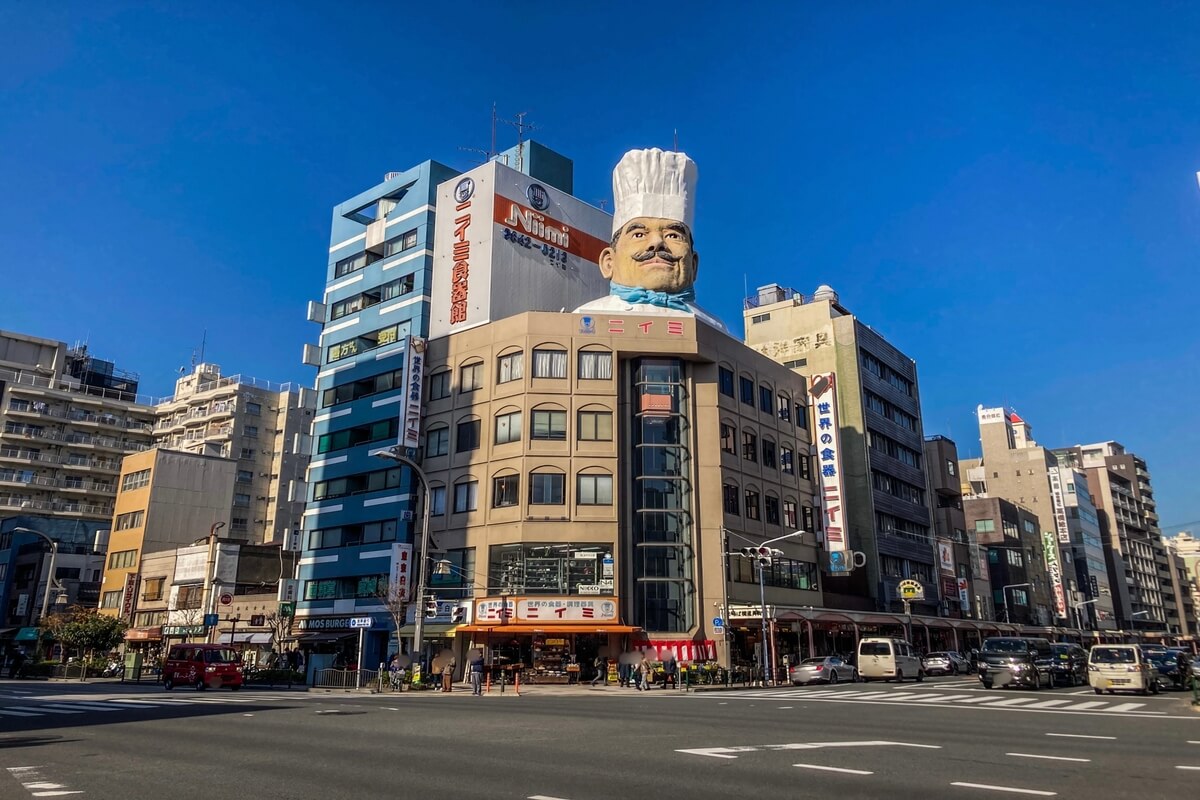
A wholesale district located between Asakusa and Ueno. It is known as Tokyo’s “Kitchen Town” with more than 170 stores selling cooking utensils, tableware, uniforms, signboards, and other items. The shops sell not only to vendors but also to the general public, attracting people from all over the world in search of food utensils. In recent years, the experience of making realistic-looking food samples has become popular among tourists.
Asakusa Engei Hall
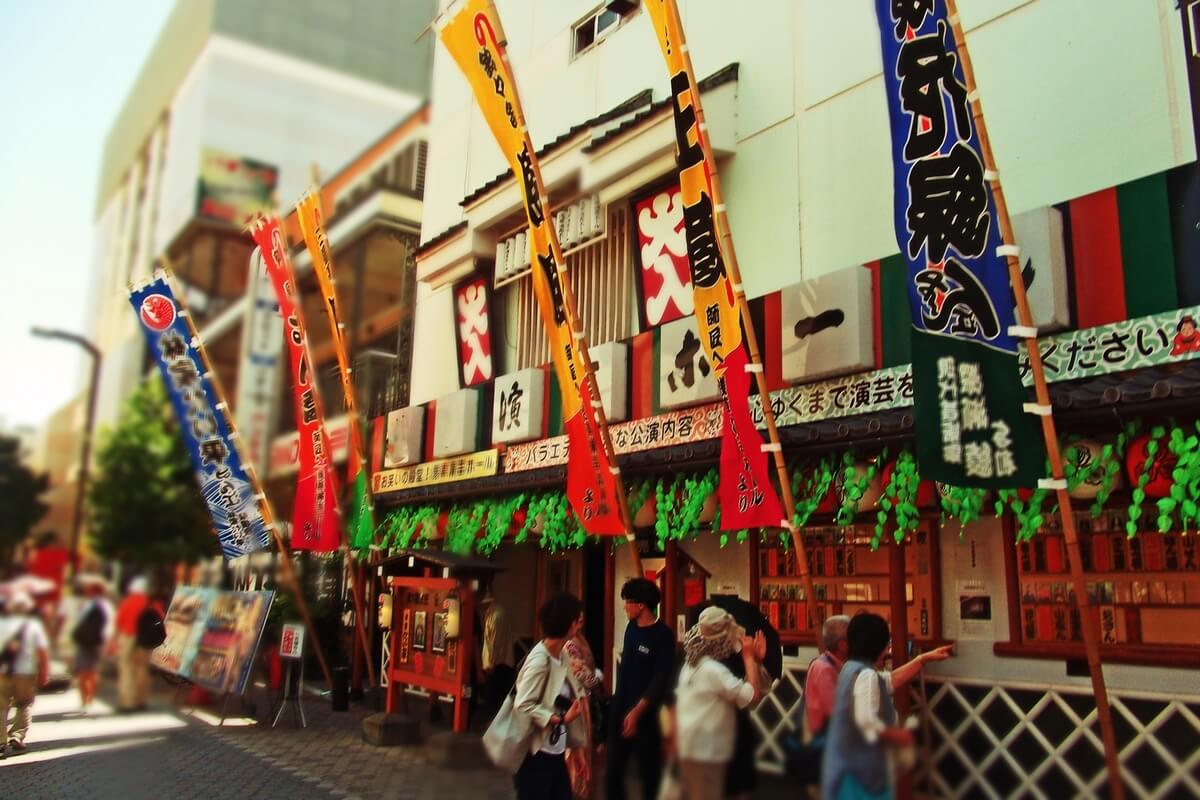
Opened in 1964, it is one of only four rakugo theaters in Tokyo (yoses that offer rakugo performances 365 days a year, year-round). In addition to rakugo, visitors can enjoy a wide variety of other performances, including manzai, comic storytelling, magic, and acrobatics. Individual visitors can enter with a same-day ticket without a reservation, and can come and go as they please (however, it is good manners to move between performances when entering and exiting). The eye-catching red-and-white lanterns and streamers on the exterior are also recommended as a photo spot.
Recommended Events Around Asakusa
Sumida Fireworks Festival

With a history of over 250 years, this is one of Tokyo’s representative fireworks festivals. The origin of the event derives from the “Ryogoku no Kawabiraki-no- Fireworks” launched by the 8th shogun, Yoshimune Tokugawa, in 1733 (Kyoho 18).
A total of more than 20,000 large fireworks are launched from along the Sumida River. Many food stalls line up in front of Asakusa Station, the nearest station, and around Sensoji Temple, and the entire Asakusa area is enveloped in a festive mood. Please come and see the traditional Japanese fireworks during your summer sightseeing in Asakusa!
■Date and time of the 2024 festival
Saturday, July 27, 7:00 PM – 8:30 PM
Souvenirs to Buy in Asakusa
Kaminari Okoshi
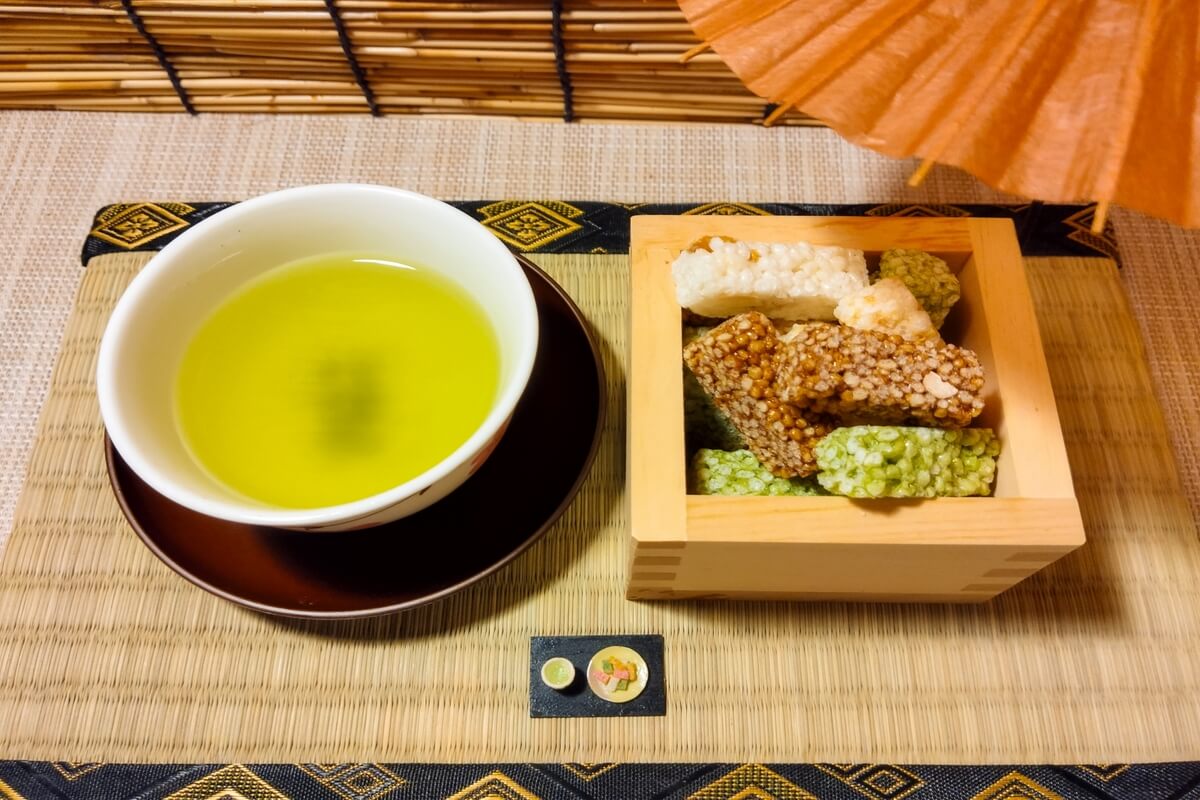
One of the most popular souvenirs from Asakusa is “Kaminari Okoshi” (Thunder Stirrups). It is a dried confectionary made by steaming and roasting rice cakes, mixing them with starch syrup, sugar, peanuts, and other ingredients, and kneading the mixture into a hardened paste.
It is named after the Kaminarimon (Thunder Gate) of Sensoji Temple, and has the meaning of “to make a house prosperous” or “to make a name for oneself.” It is characterized by its crunchy texture, making it a very satisfying snack. It can be stored at room temperature and lasts for a long time, making it a perfect souvenir.
Edo Kiriko
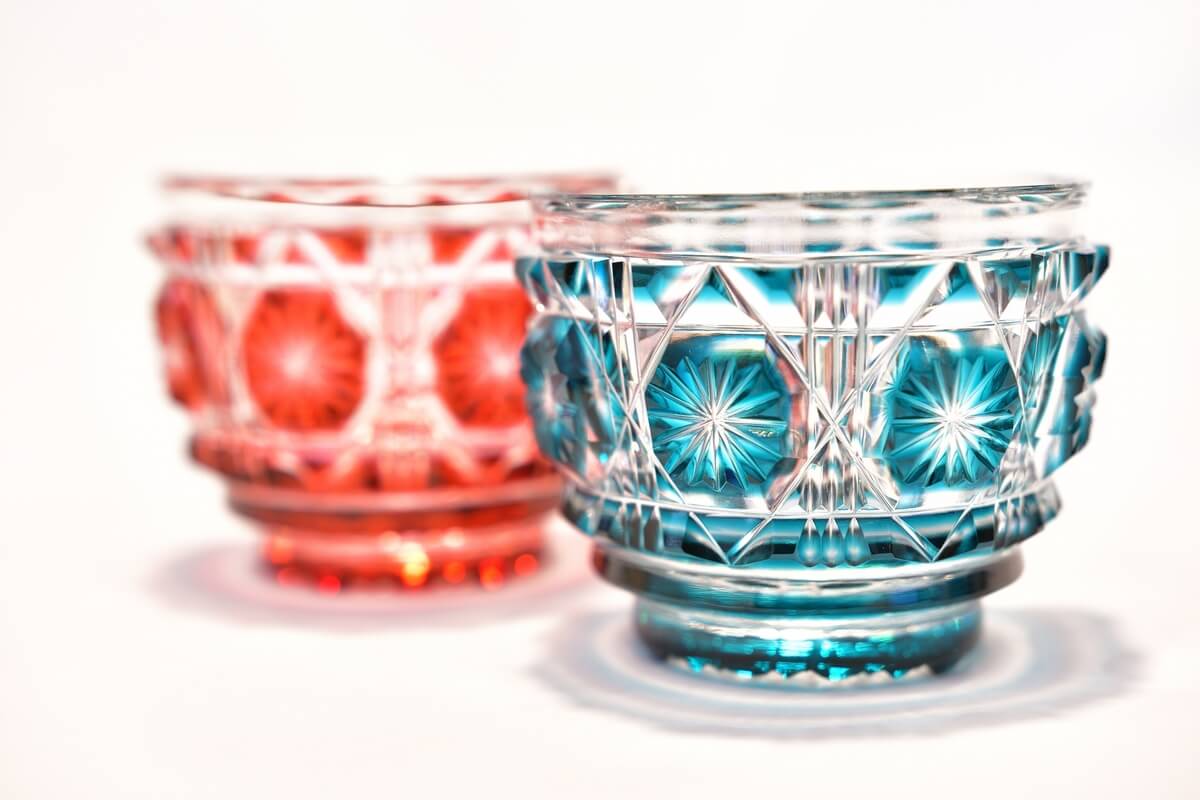
Faceted glassware created in the late Edo period (around 1780-1850). It is designated as a traditional craft by the Tokyo Metropolitan Government and the national government. The most attractive feature of these products is the beautiful faceted glasswork cut by craftsmen’s techniques, which adds color to the dining table. You can buy them at the Kappabashi Shopping Street introduced in the “Recommended sightseeing Spots Around Asakusa” section. There are also stores where you can experience making your own original Edo faceted glass.
Food Sample
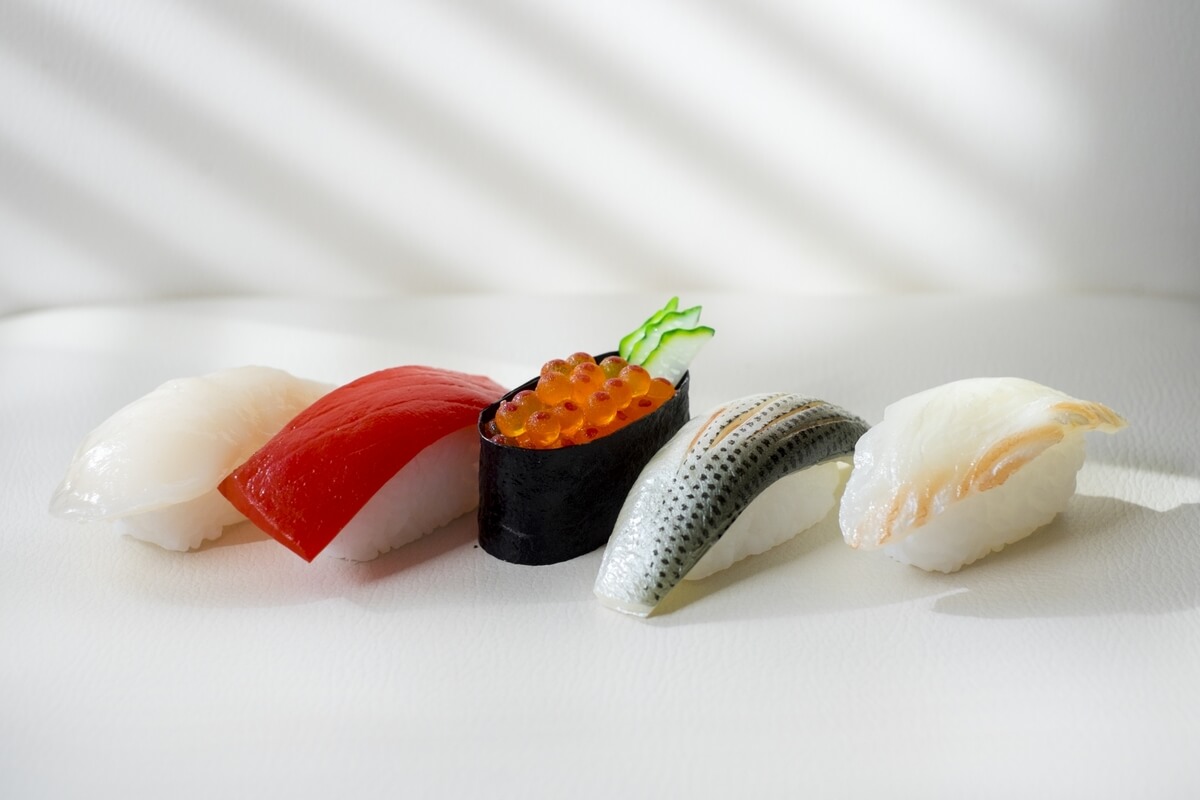
A model placed in a restaurant or store as a sample of food. They were created in the late Taisho and early Showa periods (around 1912 to 1936) and developed as a uniquely Japanese culture. The reason why they look so much like real food is that they are molded from actual food, and their shapes are finely adjusted and colored. In the Kappabashi Shopping Arcade, you can not only purchase food samples, but also actually make them.
Local Gourmet in Asakusa
Dojo Nabe
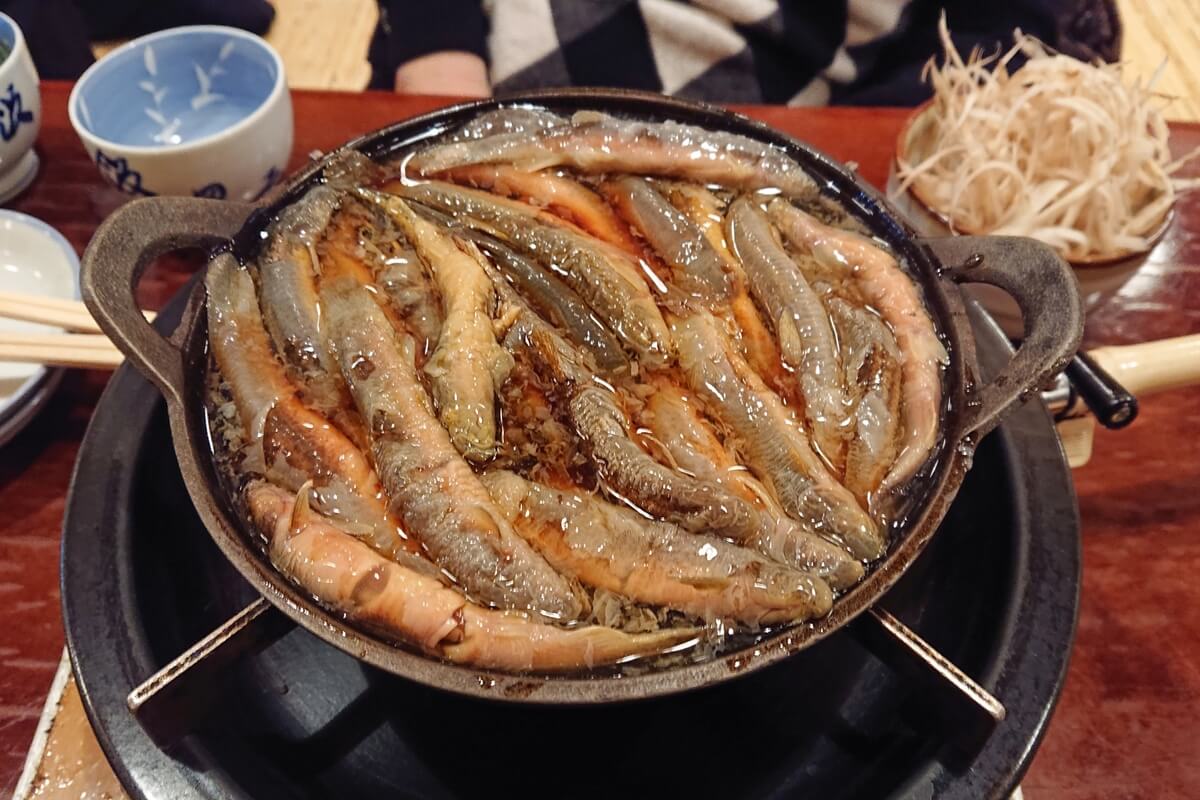
This dish, which resembles a whole loach, has been a specialty of Asakusa for 200 years. The whole loach is marinated alive in sake, then simmered in miso soup made with sweet miso paste, and then further simmered in a stock of soup stock, soy sauce, and sugar. This cooking method has remained unchanged and has become a traditional taste that has been passed down since the Edo period.
Ningyo Yaki
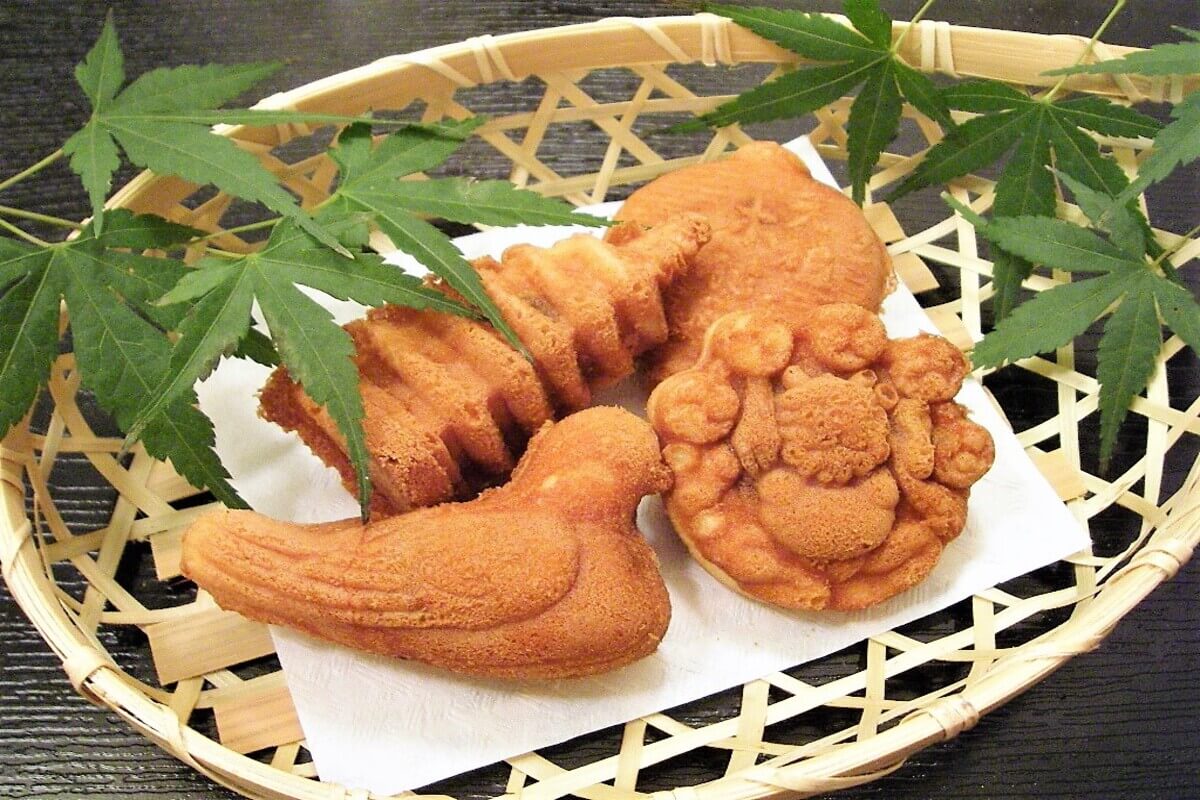
A Japanese confectionery made by baking sponge cakes shaped like various shapes and filled with red bean paste and other ingredients. It is said to have started in Ningyocho, located in Nihonbashi, the center of Tokyo, and took root in Asakusa.They were sold as “Meisho-yaki,” imitating the “Kaminarimon” (Thunder Gate) and “Gojunoto” (five-story pagoda) that remind people of Asakusa.
Even today, doll stores line Nakamise-dori in Sensoji Temple, and in addition to the Kaminarimon, other molds such as “Bunraku dolls” and the “Shichifukujin”(Seven Gods of Good Fortune) can also be found there.
Asakusa is a place where Edo culture, which is uniquely Japanese, has been handed down from generation to generation. Why don’t you wear a yukata or a kimono and walk around the town? You will feel like you have time-traveled back to old Japan.
